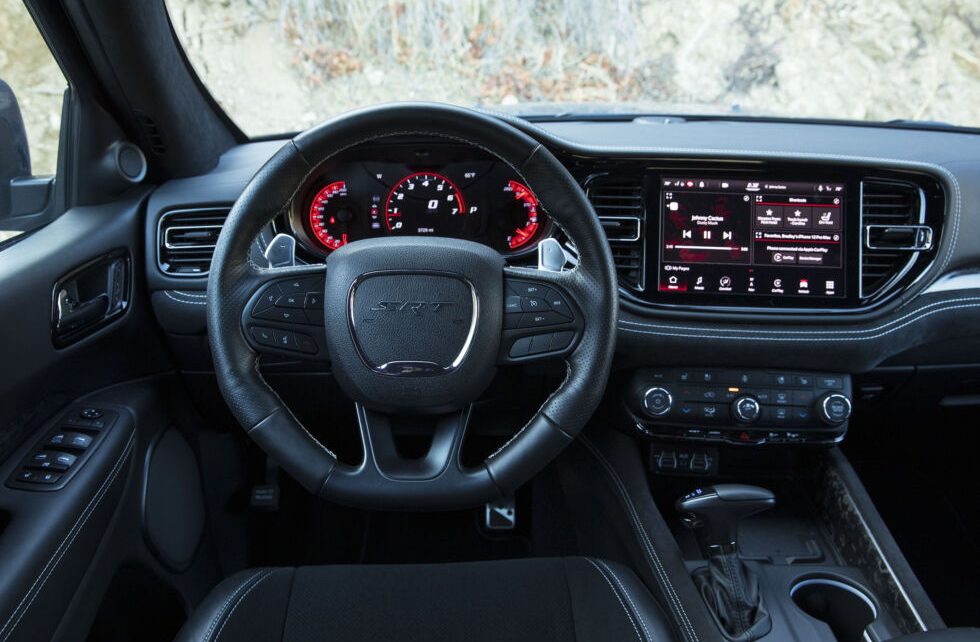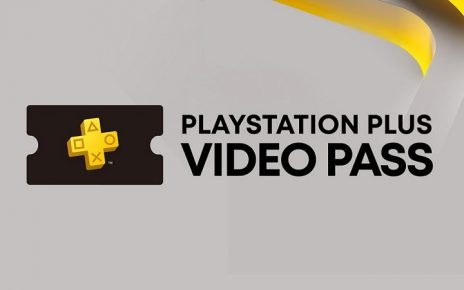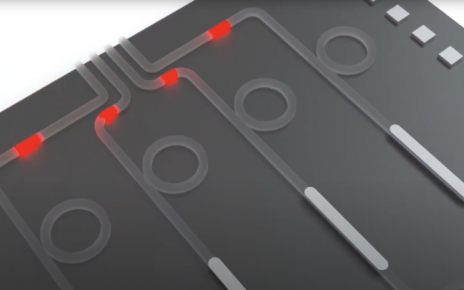-

The Uconnect 5 infotainment system as seen in the latest Dodge Durango SRT Hellcat is built on Android OS. [credit: Bradley Iger ]
Infotainment systems have been a common sight in new passenger vehicles for well over a decade, but many automakers are only now realizing just how important these devices really are. For drivers who have embraced the always-connected lifestyle, it’s undoubtedly the vehicle technology that they’ll directly interact with the most. As such, the features, performance, and user experience provided by these systems can have far-reaching implications for customers’ overall impression of their automobiles.
It’s something Stellantis has been well aware of for some time now. Back in 2003, Chrysler Group was the first North American automaker to offer Bluetooth technology in its vehicles, laying the groundwork for what would eventually become Uconnect 1.0.
In the years since, Uconnect has gone on to become one of the standard-bearers for OEM infotainment. Often at the forefront of emerging connectivity options and software integration, Uconnect has regularly been praised for its responsive performance and robust feature set—both key struggling points for many manufacturers back in infotainment’s early years. The Uconnect ecosystem would continue to mature with the launch of 3.0 in 2013 and 4.0 in 2016, the latter being one of the earliest to adopt Apple CarPlay and Android Auto in a wide breadth of vehicles across various market segments.





